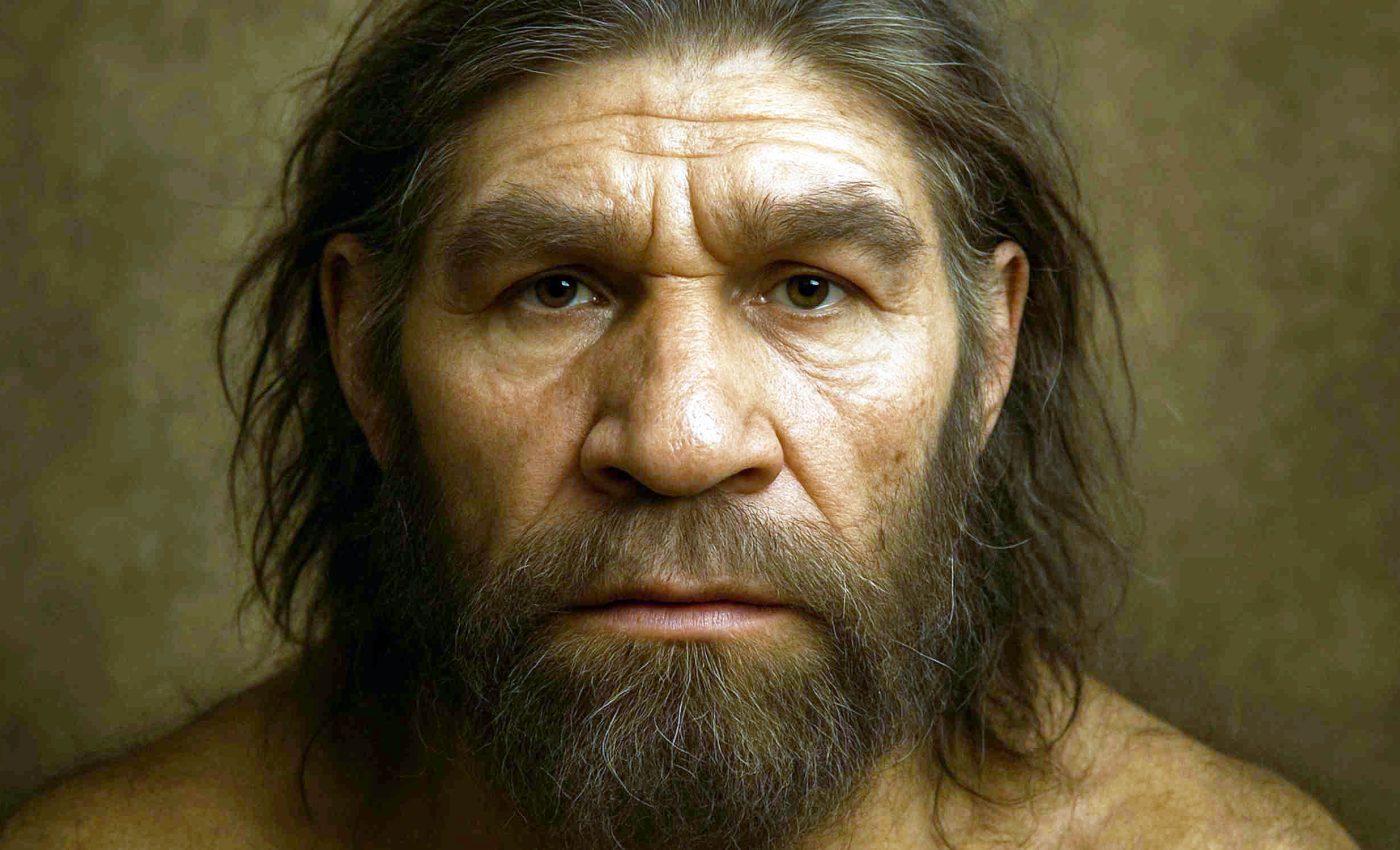
Inner ears of Neanderthals reveal catastrophic event that happened during their evolution
Neanderthals emerged around 250,000 years ago from older European populations known as pre-Neanderthals. Their ancient legacy includes surviving some of the harshest conditions in Eurasia, yet scientists have long debated how their genetic diversity shifted through time.
The latest findings point to a single major population bottleneck, rather than multiple drops in diversity. The research was led by Alessandro Urciuoli from the Catalan Institute of Paleontology Miquel Crusafont, Autonomous University of Barcelona.
Neanderthal population assumptions
These results challenge the widely held idea that Neanderthals went through an early genetic squeeze.
Several theories had claimed that loss of diversity began as soon as these populations first started diverging from their pre-Neanderthal ancestors.
Evidence from fossils in Spain and Croatia indicates that early groups had considerable morphological variety.
Researchers now see that the real decline happened later in time, when classic Neanderthals showed much less shape diversity.
Why the inner ear matters
Experts studied the semicircular canals, the structures that help with balance. Changes in those bony canals serve as clues about population fluctuations.
Analyzing those curves helps distinguish a group’s hidden variability, which often mirrors its underlying genetic differences. The more diverse a population, the more variation appears in their semicircular canal shapes.
Major Neanderthal population bottleneck
“By including fossils from a wide geographical and temporal range, we were able to capture a comprehensive picture of Neanderthal evolution,” explained Conde-Valverde.
The reduction in diversity observed between the Krapina sample and classic Neanderthals is especially striking and clear, providing strong evidence of a bottleneck event.”
“We were surprised to find that the pre-Neanderthals from the Sima de los Huesos exhibited a level of morphological diversity similar to that of the early Neanderthals from Krapina,” commented Urciuoli.
New data show that there was no dramatic drop in morphological diversity at the origin of the Neanderthal lineage.
Looking past the myths
The assumption that Neanderthals were locked into a single evolutionary pathway has been questioned before. Ancient DNA has revealed multiple migrations and smaller population sizes across different groups.
Yet the idea of an early drastic decline remained common. More recent morphological insights now confirm that only the later Neanderthals appear to have gone through the serious loss in variability.
What comes next
This bottleneck seems to coincide with extreme climatic swings that hammered Eurasia. The possibility of new migrations from other regions, or local extinctions, might explain the sudden shrinking of morphological variety.
Researchers believe a single genetic squeeze could have led to the distinct classic Neanderthal form. Although more fossils and DNA from the Middle Pleistocene might fill in gaps, these results already cast new light on how different subpopulations shaped the course of human evolution.
Filling in the bigger picture
Scientists emphasize that fossils and genetic data should be studied together for the clearest perspective on population history.
They also suggest that local groups, separated by geography, could have mixed or died out, adding to the patchwork of Neanderthal diversity.
Persistent questions remain about how these hominins expanded, adapted, and intermingled with other humans. Ongoing research in petrosal bone structures, ancient protein studies, and high-coverage genetic projects is set to clarify further details.
Humans and Neanderthal population
The timing and nature of the Neanderthal bottleneck forces researchers to reexamine long-held views about when and how human species branched out.
If Neanderthals retained high diversity longer than expected, it means the split between their ancestors and modern humans may have been more complex and drawn out than previously believed.
It also underscores the importance of regional populations, or paleodemes, which may have followed different evolutionary paths.
This layered view of evolution, with overlapping traits and slow divergence, supports the idea that human ancestry includes multiple waves of migration, isolation, and mixing—rather than a single, clean break.
Glancing ahead
Insights from inner ear shapes raise the possibility of repeated expansions and contractions in ancient populations.
By looking for changes in bony structures that do not directly affect survival, researchers can pinpoint shifts that reveal hidden population trends.
This line of inquiry continues to reshape our understanding of how various human groups thrived or struggled against environmental forces. Modern imaging and computational methods will keep adding to the story.
Scientists hope that improved sampling from different sites can reveal even more about these groups. Each fossil discovery, paired with the right technology, brings us closer to a clearer sense of who the Neanderthals really were.
The study is published in Nature Communications.
—–
Like what you read? Subscribe to our newsletter for engaging articles, exclusive content, and the latest updates.
Check us out on EarthSnap, a free app brought to you by Eric Ralls and Earth.com.
—–













